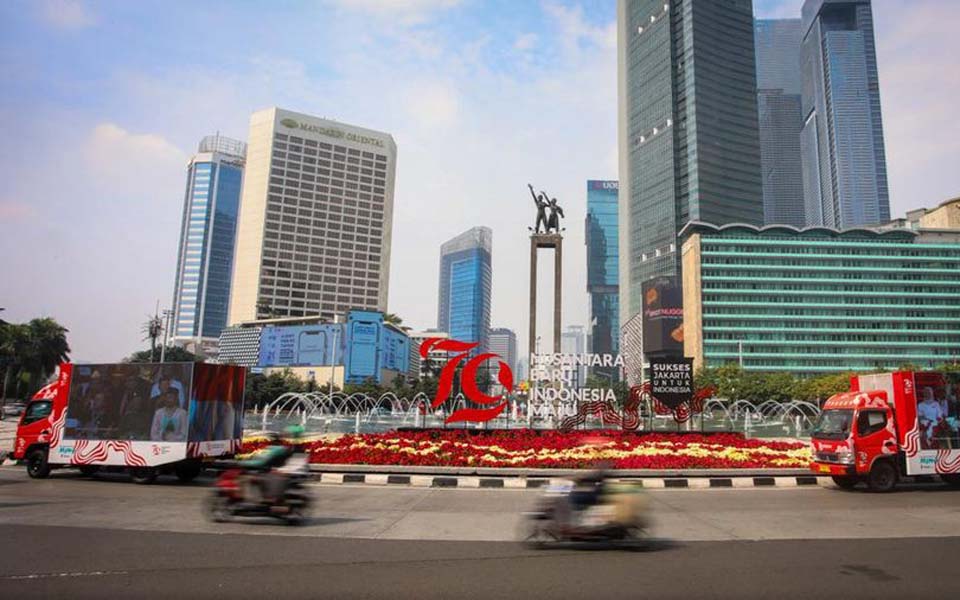Danang Sugianto, Jakarta – Not long ago the Central Statistics Agency (BPS) released data on working conditions in Indonesia, which is particularly interesting in terms of comparing the working conditions of female and male workers.
National Planning and Development Minister and National Development Planning Agency (Bappenas) head Bambang Brodjonegoro says that if seen from average wage levels, there has been a positive improvement for women workers compared with their male counterparts.
“The data shows that women’s wages have grown faster than men”, he said during a Forum Merdeka Barat (FMB) 9 discussion at the Bappenas building in Central Jakarta on Thursday November 8.
According to BPS data, women workers’ wages have grown by 4.3 percent while men’s wages have grown by only 2.3 percent.
Unfortunately, dispute the higher growth in women workers’ wages, if seen from the total average wage, women’s wages are still below that of men. The average wage of a male worker in 2018 stood at 3.6 million rupiah a month while women earned an average of 2.4 million rupiah.
Year on year, women workers’ average wage has remained below that of men. In 2015 the average wage for men was 2.18 million rupiah a month and women 1.86 million rupiah. In 2016 men earned an average of 2.76 million rupiah compared to women at 2.19 million. And in 2017 the average wage for men was 2.99 million and women 2.3 million rupiah a month.
“Although they earn less than men, it does mean that an awareness has begun on the part of job providers that women must also be given a safety net”, said Brodjonegoro.
Women however are not just losing out in terms of wages, but also in terms of workforce participation which is still lower than men. For example, out of every 10 men around 8.3 are employed, while out of every 10 women, only 5.2 are working.
Over the last 20 years, women’s workforce participation level (TPAK) has stagnated at around 50 percent. In 2018 women’s TPAK was only 51.88 percent compared with 82.69 percent for men.
Nevertheless, according to the BPS the participation of women in the workforce with a tertiary education has increased quite significantly. For women with low levels of education meanwhile, particularly in rural areas, they have tended to end up working in the informal sector. (das/ara)
[Translated by James Balowski. The original title of the article was Upah Buruh Wanita dari Tahun ke Tahun Masih di Bawah Pria.]















